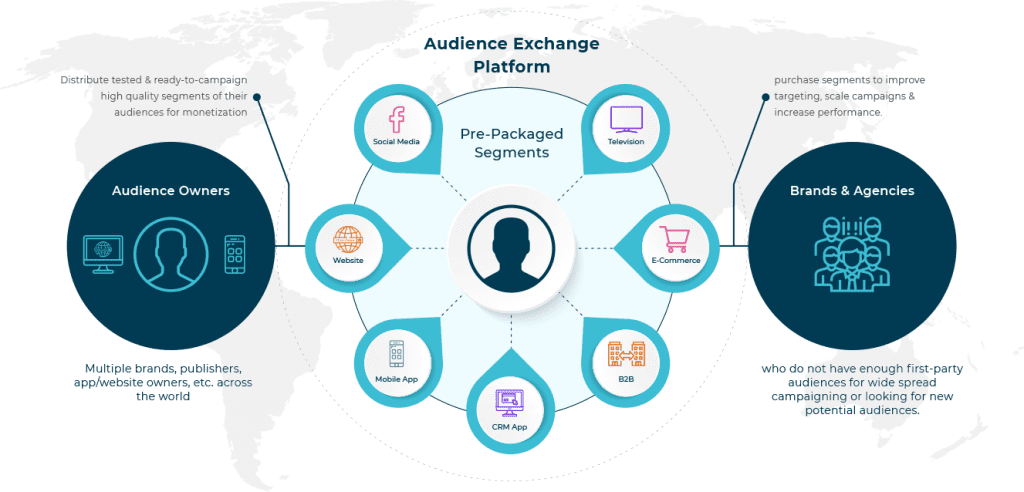As per Statista, mobile phone internet penetration per cent raised from 48.8% (the year 2014) to 63.4% (the year 2019) across the world.
It means more than half of the global population is active online, especially on their mobiles.
Now, a marketer must understand the importance of reaching the audience on mobile touch-points.
Optimizing ads for mobile is a tactic that’s in almost every business owner’s toolbox.
Mobile ads will never waste the ad spends. Mobile advertising is the most helpful tool for an advertiser.
It’s crucial to understand why most of the successful mobile ads promoted greater audience engagement in the campaigns.
Then, an advertiser gets the clarity on how ads promote engagement. Besides, discovering the ways to develop the right way to engage & get more conversions in the future.
Moreover, mobile ads add opportunities to reach most of the potential customers; audience data can empower the campaigns in this context.
Data assists the advertisers to understand which customer is more interested in their product or service, besides figuring out the best possible ways to reach this segment of customers.
Any marketer must gather, organize, manage and analyze the audience data & that’s where Data Management Platforms & Cross-Device Targeting comes into the scene.
If an advertiser doesn’t have enough audience data, then, buying segments from ethically sourced Data Exchange platforms is an excellent way because segments get acquired based on the similarity with existing audience data.

By acquiring new audience segments, an advertiser can expand the reach of the campaign & identify any unique buyer patterns of the newly added audience.
Moreover, mobile marketing can assist an advertiser in collecting more info on the mobile browsing behaviours of all the target audience at an individual level. An advertiser can take this opportunity to gain more understanding of the audience in a more personalized way.
Know More About Audience
Any promotion should ultimately reach customers. So, it is crucial to understand the audience to improve all-round aspects of the marketing campaigns virtually. A better understanding of customers can create even more opportunities to generate revenues. Suppose if a campaign resulted in more app installations, then a marketer must stay aware of how apps make money?
Additionally, an advertiser must identify the target audience before putting money into mobile advertising. An advertiser should determine what population of audience each segment has and to what extent is each campaign reaching? The ultimate result of a campaign should result in action from the targeted audience. For instance, a product or service purchase or an app installation or signing up advertiser’s website and others.
The demographic data like location, age, occupation, gender and others, along with the user interests and previous purchase patterns, can turn into essential in the planning of mobile advertising.
As per Nielsen’s study, an advertising campaign targeted at the small set of less interested audience performed better on mobile than desktop, due to the personalized reach audience on smartphones.
It’s always brilliant to plan mobile advertising only to the appealing audience on their preferred platforms. Understand audience preferences.
The user preferences are likely to change in every campaign. So, tweak the campaign performances to follow up on user preferences.
Assess on Audience Mobile Habits
Generally, people use their smartphones differently when compared to desktops. So, plan the campaigns based on mobile usage behaviours to make it more effective. An advertiser should design responsive ads for mobile-first ads. Therefore, assess audience mobile habits based on:
• Location, because people carry mobile along with them.
• Plan the most appealing ads to grab attention in seconds.
• Create comfortable and quickly understandable ads.
Use Location-based Audience Data
The location-based or geo-targeting demographic data of audience can improve the reach with relevant ads. This type of targeting improves engagement level as well as Return On Investment (ROI).
These days, people use mobiles to find route or services nearby and for many purposes. These searches are an opportunity for advertisers to reach them at the right time. An advertiser can assist the user with routes, or services or others along with the promotions.
Advertisers should track (CTR) click-through rates to know which ads grabbed users’ attention and which ads didn’t. Besides, check the time spent on a landing page to verify if the ads are redirecting the audience to the right place or not.
Find the Mobile Moment of Audience
Plan perfect mobile advertising strategies to reach the right set of audience at the mobile moment. Besides, create a sense of urgency to gain more audience engagement.
Advertisers should push time-based target ads. For instance, a coffee powder advertiser can grab more audience attention early in the morning or in the evening. Besides, this advertiser may do location-based targeting and give special offers in stores near to users’ location.
Click-to-Call Matters
Advertisers must use dynamic banner ads to redirect the user to the official page or product page or sign up page or others.
Ask for Social Sharing
People commonly access their social media accounts through mobiles, to allow social sharing and encourage users to share ads with high-quality images, design attractive, interesting, funny or helpful ads and make the audience feel that they should share that ad. Give referral codes or exclusive deals for the shared users. This strategy enables the ad content to reach a wider audience. Furthermore, people believe the product or services recommended by their friends.
Combine Advertising Efforts on Several Platforms
Advertisers must target the audience across multiple devices with consistent promotional messages and display ads to complement the campaign.
Mobile advertising turns more powerful, but a combination of desktop and mobile ads works better. Advertisers can deliver more sequential messaging based on the customer profiles using cross-device targeting besides tracking the conversions or sales.
To Conclude
Mobile advertising is a more personalized way of reaching the target audience segments. However, it’s brilliant to follow the buyer patterns of the audience based on the demographic, mobile habits, interests, and preferences to make the campaign even effective. So, advertisers should follow the mentioned mobile advertising strategies to grab users’ attention as well as to understand them.







